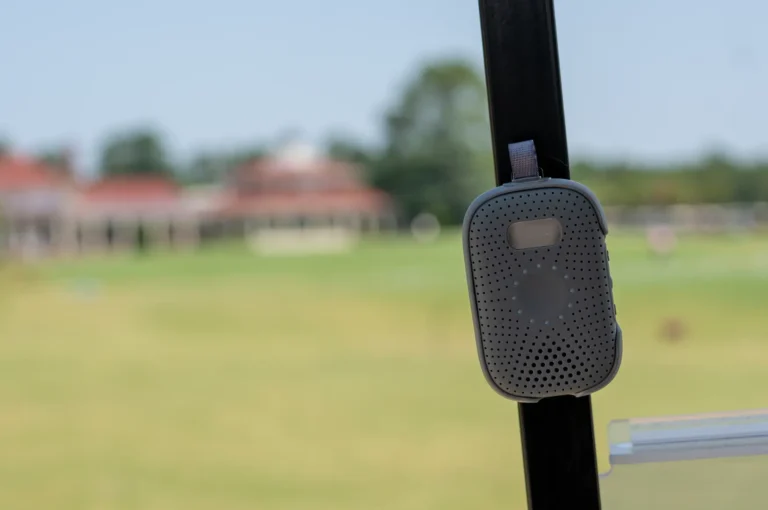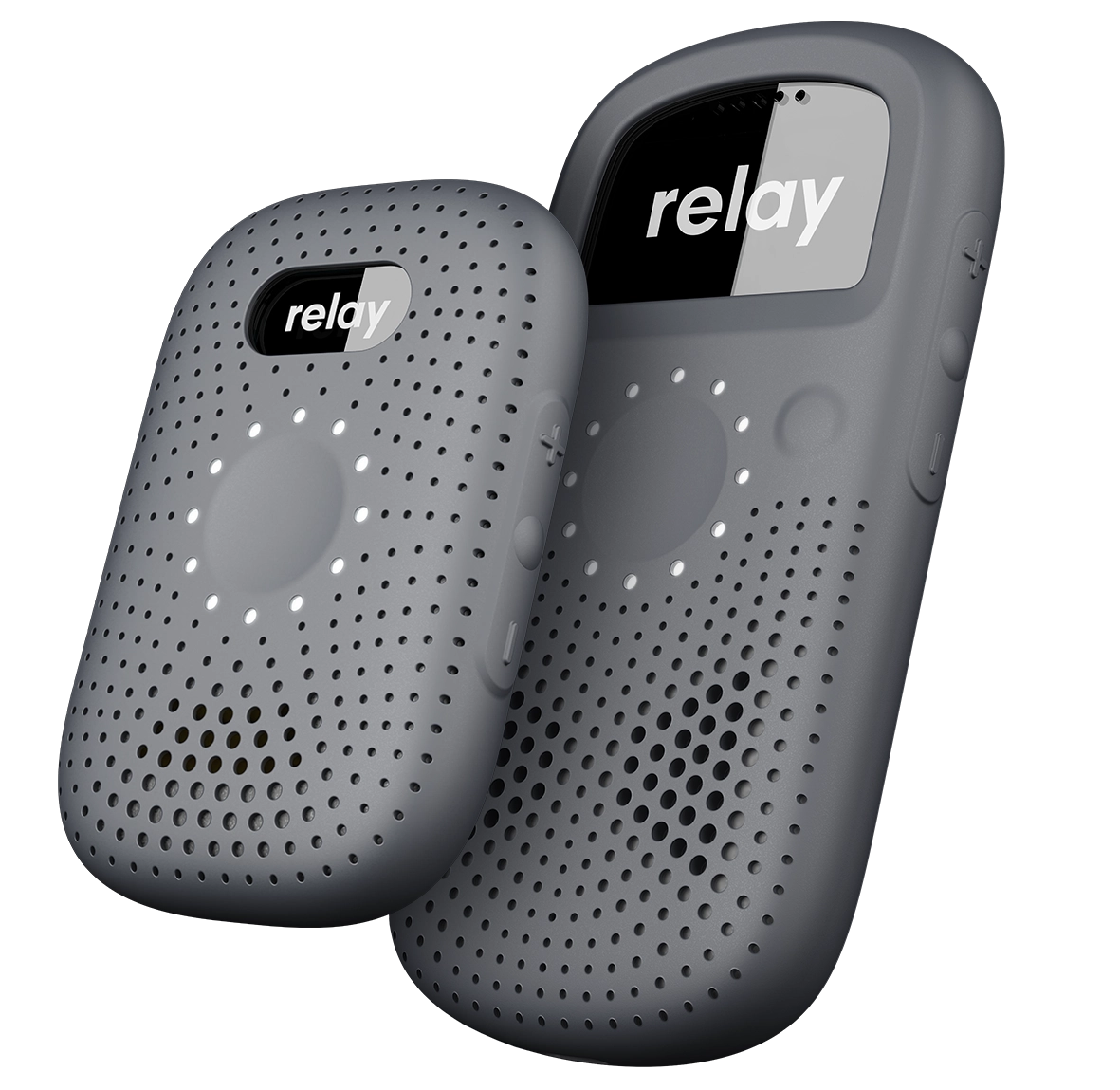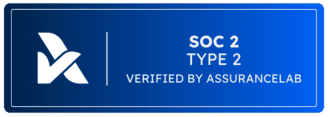Clear communication is crucial in radio transmission, especially when operating in environments with background noise or long distances.
Misunderstandings can lead to serious errors, making it essential for users to communicate effectively. This is where the radio alphabet comes into play. Also known as the NATO phonetic alphabet or the ICAO phonetic alphabet, it uses specific words to represent each letter of the alphabet, ensuring messages are delivered clearly and without ambiguity.
By using these radio letter codes, communication remains precise and instills confidence in high-pressure and general day-to-day situations across various industries.
What is the Radio Alphabet?
The radio alphabet is a standardized set of words used to represent letters in radio communication. Each word corresponds to a specific alphabet letter, ensuring that letters are communicated clearly, even in noisy or low-quality transmission conditions. For example, the letter “A” is represented by the word Alpha, and “B” by Bravo.
The need for phonetic codes in radio communication is not just a theoretical concept. It arises from the potential for misinterpretation of spoken letters. In noisy environments or over long distances, letters like “B” and “D” can sound similar, causing confusion and misunderstandings. The radio alphabet, with its distinct and easy-to-understand codes like “Bravo” for B and “Delta” for D, is crucial in preventing such misunderstandings, making communication more efficient and accurate.
Why is the Radio Alphabet Important?
The radio alphabet ensures clear communication, particularly in challenging environments where miscommunications can be costly or dangerous. These radio letters are used across various industries, including aviation, maritime, and emergency services. Here’s why it is so important:
- Reducing Misunderstandings: Communication clarity can be compromised in noisy environments, such as during military operations or over the radio at an airport. Radio letter codes like “Alpha” for A, “Bravo” for B, and “Charlie” for C are distinct and easy to understand, even when background noise or poor signal quality makes normal speech hard to decipher. By using radio alphabet codes, individuals can convey messages more accurately and minimize the risk of miscommunication.
- Effective Communication Over Long Distances: Radio communication is often used over long distances. The radio alphabet ensures that letters and numbers are easily transmitted and received, even when radio signals are weak or distorted. This is especially important in critical situations where precise information needs to be relayed swiftly.
- Preventing Ambiguity: Many letters in the standard English alphabet sound similar to one another, such as “M” and “N” or “B” and “D.” Without a clear phonetic alphabet, these letters could easily be confused in communication. The radio alphabet letters eliminate this ambiguity, allowing for quick, accurate transmission of information, such as coordinates, codes, or instructions.
- Global Recognition: The radio communication alphabet is not just a local or industry-specific tool. It is a globally recognized and used standard across multiple industries worldwide. This standardization ensures that individuals speaking different languages or using other radio systems can still communicate effectively, knowing that the meaning of the phonetic codes remains the same, thereby facilitating international communication and cooperation.
How to Use Radio Alphabet in Communication
The radio alphabet is essential for achieving clarity in radio communication, particularly in environments where misunderstandings could have serious consequences.
Here are some key tips on how to use the radio alphabet effectively:
- Speak slowly and clearly when communicating via radio. It’s important to enunciate each word clearly and at a steady pace as this allows others to accurately interpret the message.
- Always use the full radio call alphabet for each letter. For example, say “Alpha” instead of “A” to avoid confusion. This practice ensures that each full phonetic character is heard distinctly.
- Confirm and repeat where possible after providing a message. It’s a good practice to ask for confirmation. For instance, you might say, “Is that correct? Over.” Repeat the message or break it into smaller parts if there is any ambiguity.
- Use standard phrases where possible. Stick to established radio communication codes and standard phrases like “Over” (I’m done talking, waiting for a response) and “Out” (End of communication). These phrases provide structure and prevent misunderstandings.
Common Uses of the Radio Alphabet
The radio alphabet ensures effective and accurate communication across various fields. Here are some of the common uses in different industries:
- Aviation: The alphabet call signs are widely used to communicate aircraft identifiers, flight numbers, and navigation instructions. Pilots and air traffic controllers use the radio alphabet codes to avoid confusion, particularly when dealing with similar-sounding letters over the radio. For example, “Kilo” might refer to an airport code or a location, and using the phonetic alphabet ensures clarity, especially in noisy environments.
- Military: In military operations, precise communication is paramount for success and safety. The radio communication alphabet is used extensively to ensure that orders, coordinates, and other critical information are transmitted without error. Whether coordinating troop movements or relaying strategic data, the phonetic alphabet ensures messages are clear and understood by all involved.
- Emergency Services: Firefighters, police officers, paramedics, and other first responders rely on the radio alphabet to convey vital information quickly and accurately. Time is essential during emergencies, and the ability to clearly communicate locations, medical conditions, or instructions is critical. Using the radio communication alphabet helps prevent miscommunication that could delay response efforts.
- General Radio Communication: Beyond these specialized fields, the radio alphabet is widely used in general radio communication, whether it’s by ham radio operators, truckers, or military enthusiasts. In any scenario where radio transmission is used, the alphabet call signs provide a standardized method for identifying letters and numbers, ensuring smooth and effective exchanges.
The Complete List of Radio Alphabet Letters and Call Signs
Here is a comprehensive list of each letter in the radio alphabet along with its corresponding call sign:
- A – Alpha
- B – Bravo
- C – Charlie
- D – Delta
- E – Echo
- F – Foxtrot
- G – Golf
- H – Hotel
- I – India
- J – Juliett
- K – Kilo
- L – Lima
- M – Mike
- N – November
- O – Oscar
- P – Papa
- Q – Quebec
- R – Romeo
- S – Sierra
- T – Tango
- U – Uniform
- V – Victor
- W – Whiskey
- X – X-ray
- Y – Yankee
- Z – Zulu
Each letter call sign is selected to be distinct and easy to understand. By using radio call alphabet codes, individuals can significantly reduce misunderstandings and ensure the swift and precise transmission of information. The radio alphabet plays an important part in maintaining effective communication in aviation, emergency services, or military operations.
For those looking to enhance their communication even further, Relay provides a modern, seamless radio alternative. With its user-friendly platform, Relay can help ensure your messages are received clearly and quickly, offering a reliable way to stay connected in various environments.
Learn more about Relay’s smart radios in our on-demand demo center.






